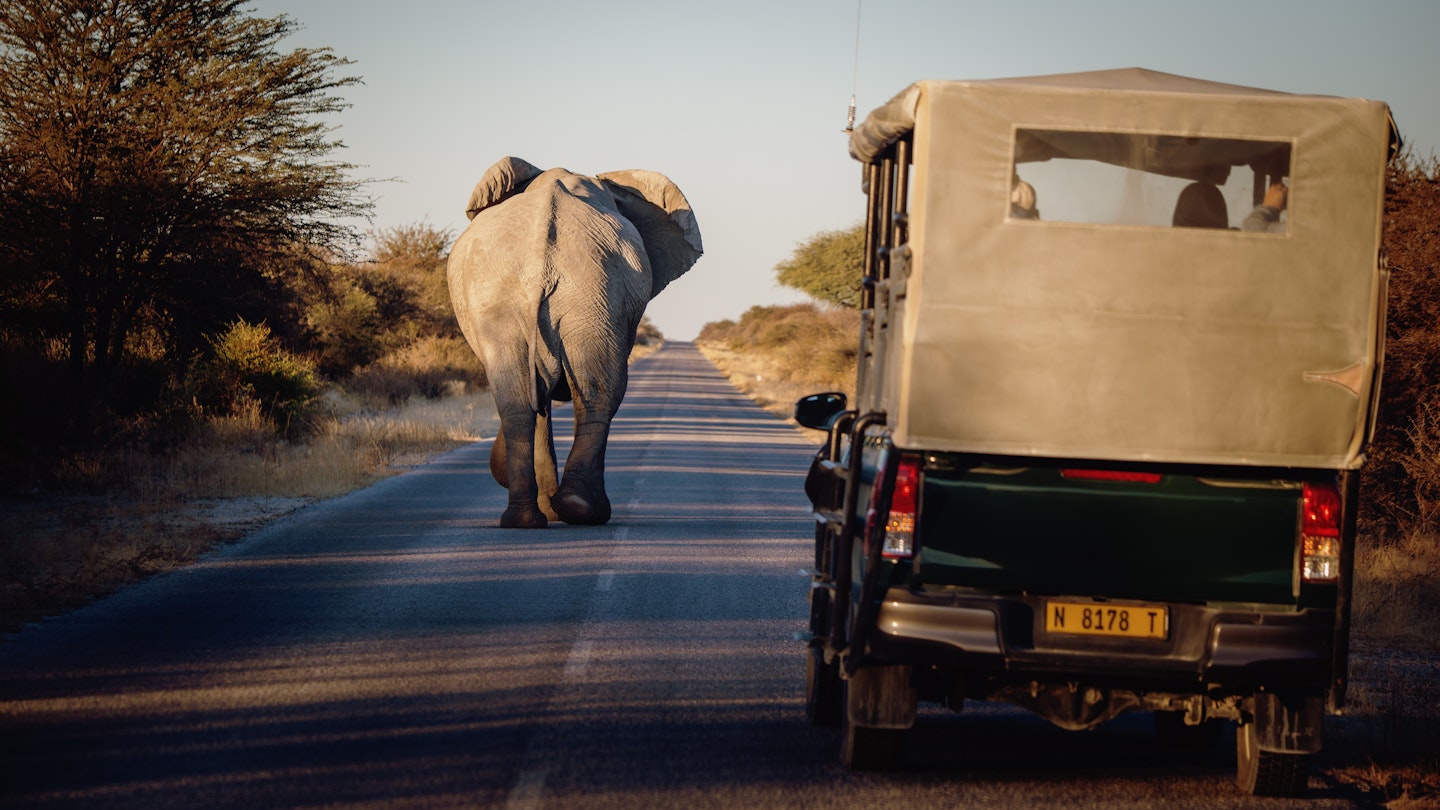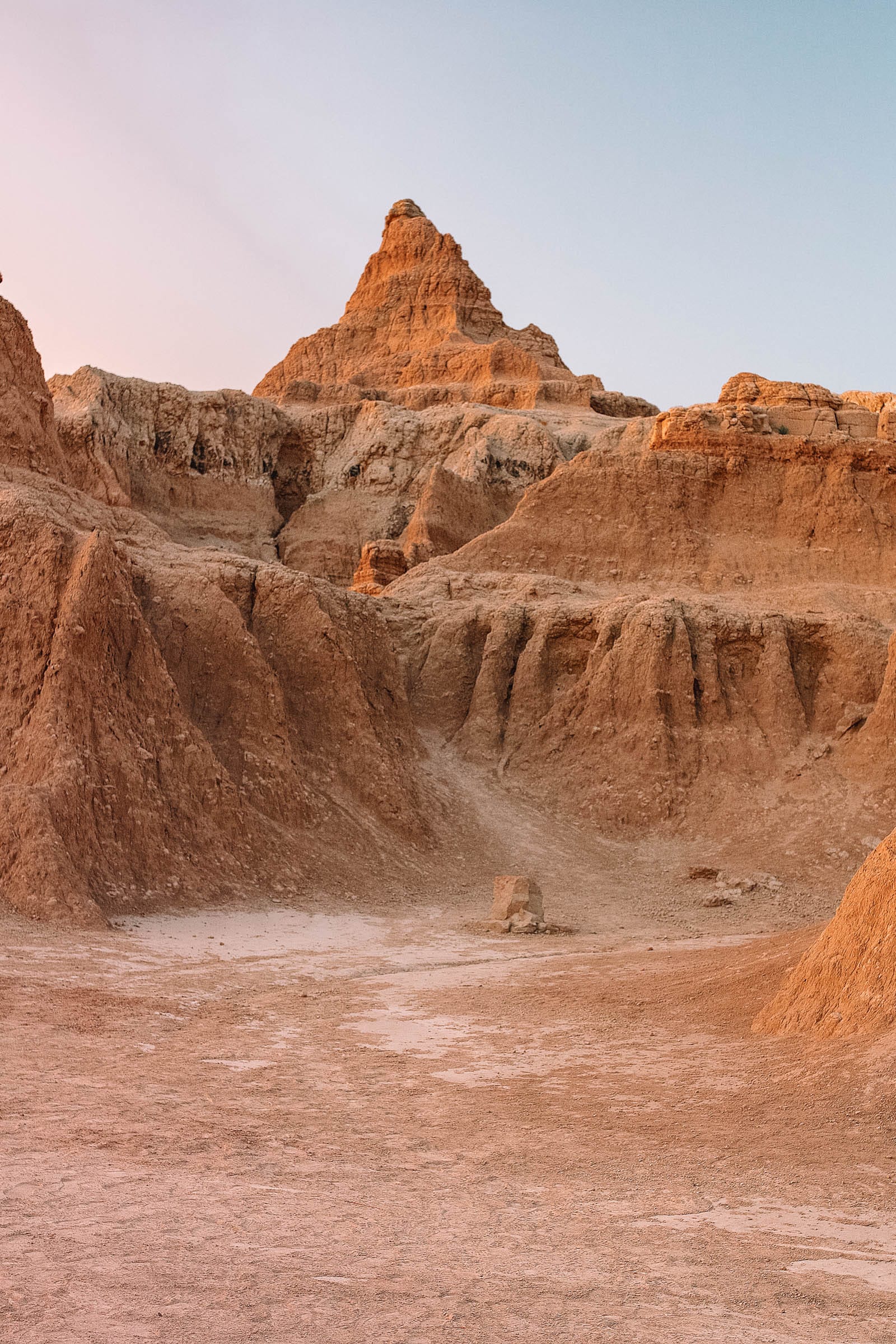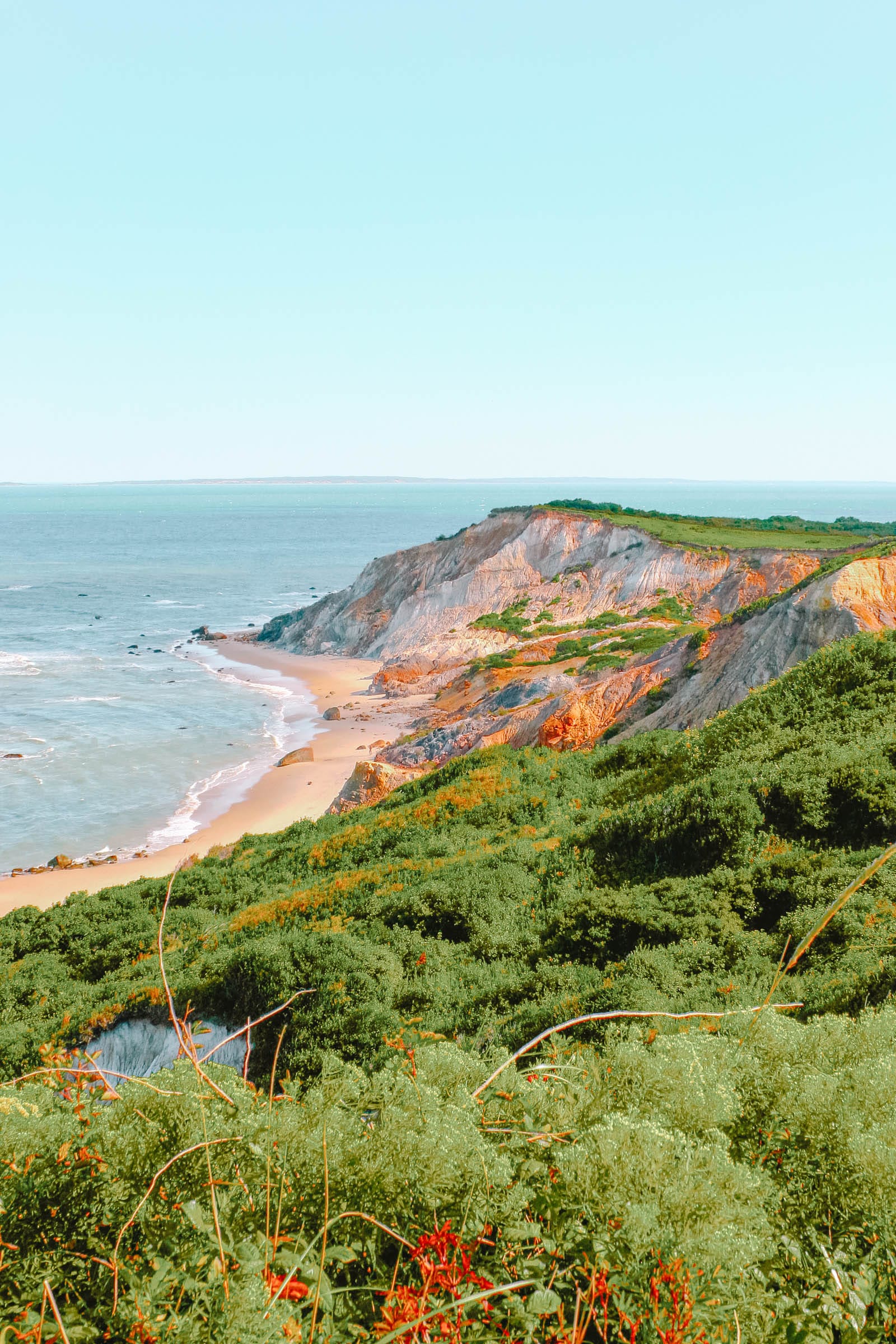There aren’t many places where you can drive for hours on beautiful, open roads without seeing anything other than the occasional oryx. Namibia offers this kind of travel in abundance.
Covering 825,418 sq km (318,695 sq miles), this fascinating country is one-and-a-half times bigger than France. Getting around is an integral part of the adventure.
Take the bus for long-distance trips
Buses are a budget-friendly option for traveling long distances in Namibia, as they have few stops. The reliable South African-based Intercape line offers several routes in Namibia. For instance, a ticket from Windhoek to Noordoewer (on the border with South Africa) starts from N$700. A ticket from Windhoek to Oshakati (near the Angolan border) costs around N$400.
Minibuses go everywhere; use shuttles to get to the coast
Shared minibuses serve as the primary mode of travel for many Namibians, running between every major town in the country. They leave when full, with prices varying from N$100 to N$350 for most routes.
Pre-booked private shuttle services connect Windhoek, Swakopmund, Walvis Bay, and several other towns. These services are generally more comfortable and efficient than shared minibuses. Expect to pay around N$280 one-way for a shuttle between Windhoek and Swakopmund. For all buses and shuttles, it’s advisable to arrive early for a seat in the shade.
Rent a 4WD for access and flexibility
Self-driving is the best way to explore Namibia. The country boasts an extensive network of paved arterial roads and well-maintained gravel routes. Vehicle rental is straightforward and reasonably priced, especially during the off-season. During the high season (July through October), rental agencies often sell out, so it’s wise to plan ahead. Expect to pay around US$550 per week for a mid-sized 2WD vehicle and about US$650 per week for a 4WD. A 4WD with a rooftop tent starts from US$700 per week. Numerous international rental companies operate in Namibia, including Avis, Hertz, and Thrifty.
While a 4WD isn’t necessary for most destinations, renting a vehicle with high clearance is recommended. This will make it easier to navigate Namibia’s long stretches of gravel roads. Be sure to consider insurance coverage as gravel can be tough on vehicles, particularly tires and windshields. It’s advisable to learn how to change a tire, always refill your tank at gas stations, and carry extra drinking water.
For stunning views, try a flying safari
For travelers with larger budgets, several companies offer scenic flights that take advantage of Namibia’s clear skies, particularly in the Sossusvlei area and along the coast. Although these flights have a carbon footprint, they provide mesmerizing views and a unique aerial perspective on the striking contrasts of desert and ocean. Companies to try include African Bush Bird and Scenic Air. FlyNamibia offers scheduled flights connecting Windhoek with various destinations in the country.
Shared taxis in cities and towns
Shared taxis are a common and economical way of getting around Namibian towns. Namibia’s main ride-hailing service is Lefa, which operates in Windhoek. Shared taxis are prominently marked, and drivers will often honk to attract passengers. Fares are inexpensive (between N$13 and N$39 for short journeys), but shared taxis may take longer routes to drop off other passengers.
Private non-shared taxis generally provide a better and safer option, with fares starting at about N$100 for short distances. They are usually booked in advance, ensuring a more reliable door-to-door service.
Cycling adventures for self-sufficient travelers
For those who are reasonably fit and can handle logistics, cycling in Namibia can be a fulfilling experience. It has a vibrant cycling community, challenging terrain, and an expansive network of largely empty gravel roads. However, proper planning for hydration, food, and emergency backup is essential—do not underestimate the desert heat, as resting areas between larger towns are scarce. Pre-arranged bike tours with companies such as Mabaruli are an excellent option for newcomers.
Water-based activities
Sea kayaking and boat tours are popular in Walvis Bay and Lüderitz, allowing travelers to see seals, penguins, flamingos, and other coastal wildlife. In northern Namibia, river cruises along the Okavango, Zambezi, and Kunene rivers offer a relaxing way to admire local wildlife and stunning sunsets. In the southern region, consider a multi-night canoe trip along the Orange River.
Travel accessibility in Namibia
For travelers with limited mobility, private vehicle-based travel is the easiest method to navigate Namibia. Several local companies organize accessible tours, and the minivans and safari vehicles utilized by Namibia-based tour companies typically accommodate wheelchairs. Many lodges also feature paved paths and ground-level rooms without steps.
Useful websites for accessible travel include Responsible Travel, Disabled Holidays, Endeavour Safaris, Access2Africa Safaris, Extraordinary Journeys, and Blue Baobab Safari. Each of these platforms provides accessible itineraries in Namibia and surrounding regions.
This article was originally published on September 12, 2022, and updated on October 21, 2023.




